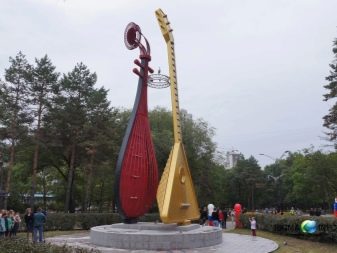Balalaika: description and varieties
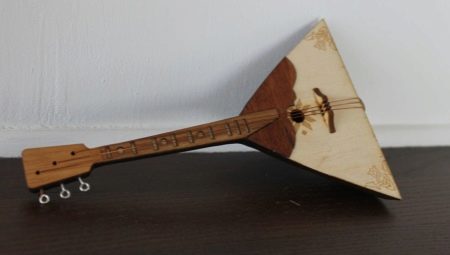
Almost every one of us was interested in folk instruments of this or that country. They can be unusual, emitting squeaky sounds, melodic, brightly decorated and imperceptible, small and large. Most of these musical instruments are symbols associated with entire nations. One of these is the balalaika. Read about the history of its origin, varieties, subtleties of the structure and much more in this article.
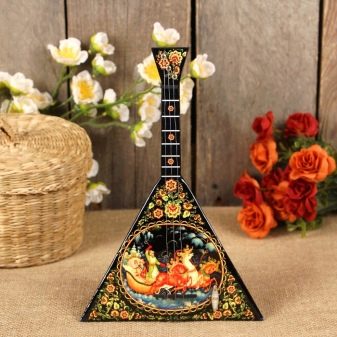
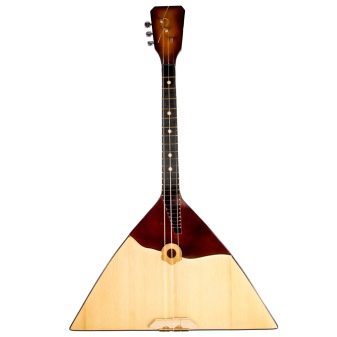
Origin story
There is no exact information about who and where invented this tool. The first mention of it dates back only to the end of the 17th century. The mention of this is not entirely good, since it is due to the fact that the balalaika looked like a domra, which at that time became prohibited. The reason for this is rather commonplace: mocking rhymes were accompanied by playing domra and similar instruments. In subsequent years, the rulers of Russia were ambivalent about this instrument - they either banned or listened to virtuoso balalaika players themselves.

According to one version, the balalaika first appeared among the Turkic peoples. "Bala" was translated as "child" and the instrument was used for lullabies. Another version of the origin claims that the balalaika is a purely Russian folk peasant instrument and got its name from the similarity with the word "joke". Thus, it is believed that the homeland of the balalaika is the territory of modern Russia and Asia, and it was invented by the common people.
At the dawn of its appearance, the balalaika was called "balabaika".
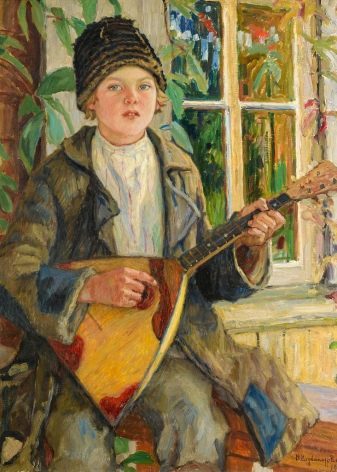
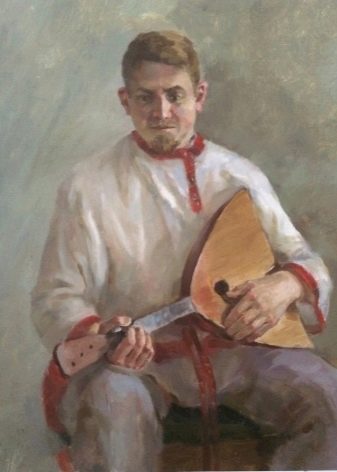
According to historians and researchers, the ancient balalaika had a different shape from the one we are used to. The first tools were made from buckets and had a rounded shape. Only about 300 or less years ago did the triangular balalaika emerge. At the earliest stage of its existence, there were only 5 to 7 frets on it. In the 18th century, the balalaika gained popularity; it was played even among aristocrats and held concerts. Vasily Andreev made a great contribution to this matter. He created an ensemble of musicians playing the balalaika and devoted his whole life to perfecting and popularizing the instrument. His friend, S. Nalimov, helped to create tools based on his own sketches. Then (in the next century) her popularity fell, she gained a reputation as an annoying tool of Russian creativity. Now the situation has improved: musical groups are being created, music schools are opening, the balalaika is an obligatory part of the orchestra.

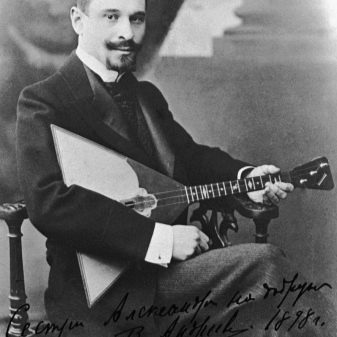
general description
It is believed that the balalaika is a truly folk Russian musical instrument that belongs to the string plucked. The same folk symbol, along with the accordion and gusli. His closest "relatives" are domra, dombra, ukulele, bandura and, of course, the guitar. The main body of the tool is triangular in shape and is called the apron. It got its name from the fact that it looks like Russian folk women's dresses. It is made of wood, mostly made of fir and spruce. The longest part is called the bar. Has the same length as the apron. It is on the fretboard that the strings and marks are located. Towards the end, the bar is bent backward. The very end of the tool is the spatula. It houses three tuning pegs to help regulate the tension of the strings.
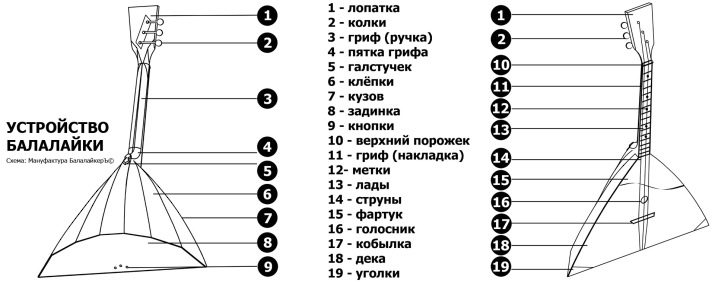
The balalaika is characterized by cheerful sounds, and the main one with which it is associated is tremolo. It is quite easy to get a good instrument in Russia, it is on sale in almost every music store. The cheapest models can cost less than 10 thousand rubles, and the price of the largest copies can go up to hundreds of thousands of rubles. Modern technology makes it possible to visualize music, perhaps thanks to the spectrogram. It is a 3-D or 2-D graph with curves.
On the spectrogram, melodies played on the balalaika can be seen by their high and frequent notes.
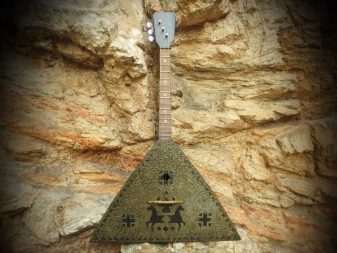
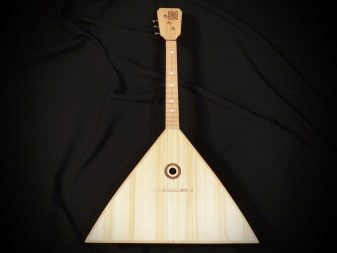
Device and structure
The structure of this tool is quite simple and includes three main parts, which we will discuss in more detail below. The balalaika is a chordophone. This means that this musical structure makes sound thanks to the strings sandwiched between certain points. Thus, it turns out that the most important part of the instrument is the three strings. A small number of them can be explained in a rather banal way: three strings were enough for folk performers, since playing intricate instruments took a lot of time and effort. Nowadays the main use is made of nylon, carbon and less often metal strings. As mentioned above, the neck length is the same as the body. The scale (the part of the string that can be played) depends on this. The larger the balalaika, the larger the scale. In the past, vein strings were used. The frets are also located on the neck, their number ranges from 16 to 31. Frets are separated from other parts by sills: upper and lower. If they are absent, the sound of the strings loses its attractiveness, and the strings themselves can damage other parts of the instrument. At the end of the neck there is a head, on which the tuning pegs are located. These parts are also very important: strings are wound around them, if necessary, they can be tightened or relaxed.
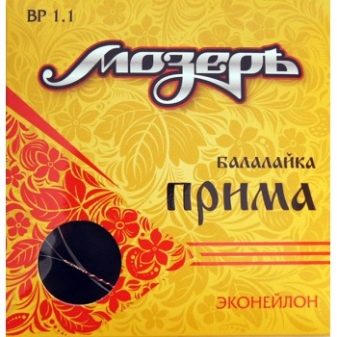
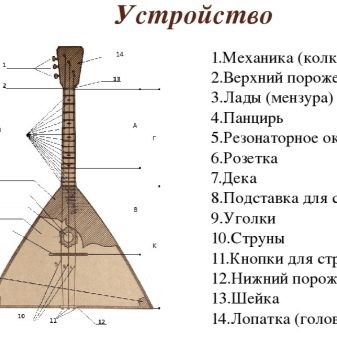
The apron consists of several segments (usually 6 or 7) connected to each other. On it from the front side (called a deck) you can see a hole - a socket. Also on it there is a stand clamped by strings to the body. A pickup can be purchased on request.It is a device that converts the vibration of strings into current. Further, this signal can be processed and reproduced through acoustic systems or used for their own purposes. It is a device similar to a stand, but made of metal.
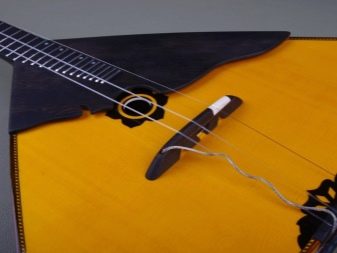
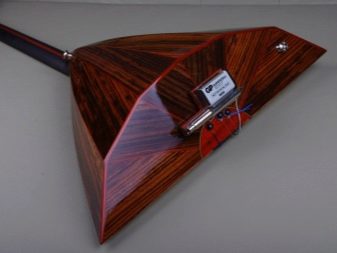
The weight of traditional balalaikas ranges from 2 to 5 kg. Bass balalaikas can weigh between 10 and 30 kg. Speaking about the range of the prima balalaika, two full octaves and five semitones can be noted (starting from the "Mi" note of the first octave and ending with the "A" note of the third octave).
The range, typical for bass balalaika, starts from the note "Mi" of the counter octave and ends with the note "C" of the first octave.
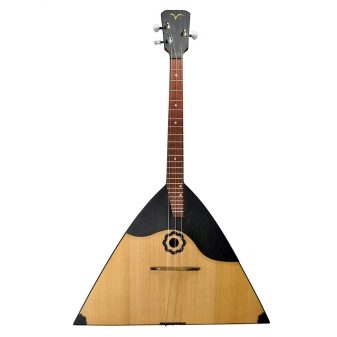
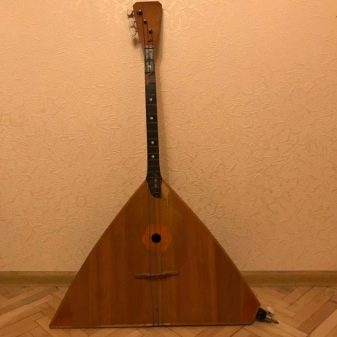
Views
The types of balalaikas were invented out of necessity and in accordance with the requirements of our time.
Academic
It is an example of the classic model of balalaikas. It is crafted together with a shell. Suitable for teaching in music schools, and also used in performances and concerts.
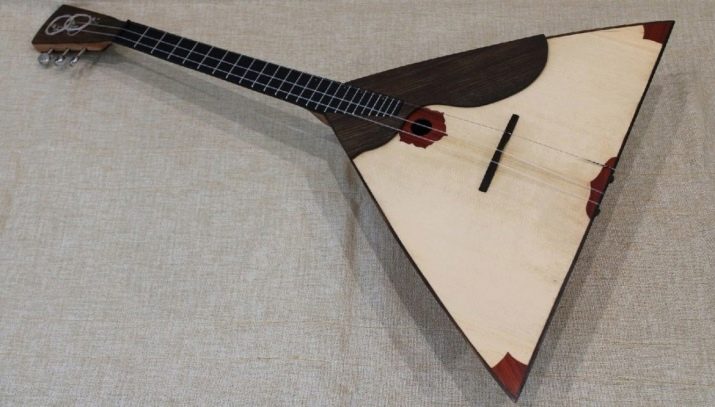
Traditional
The main feature is that a shell is not installed on a balalaika of this type. The porch on it is located lower than that of the academic one. This makes the instrument sound softer. The strings are usually set in metal. The distance between them and the bar is small. Great for solo performances as well as for beginners. Earlier, at the end of the 19th century, it was produced in large quantities and had six strings. Now the six-string balalaika is produced only within the framework of special series.
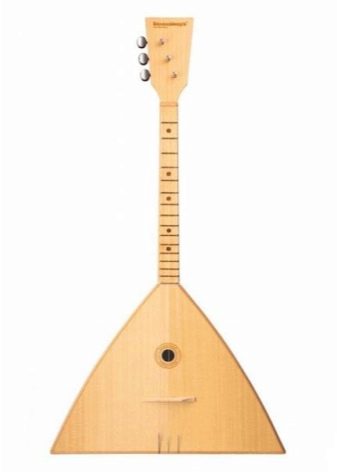
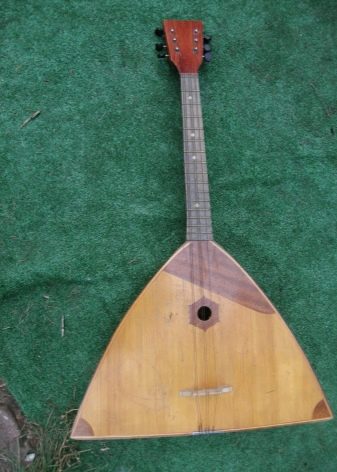
Electroacoustic
The sound practically does not differ from acoustic analogs. Played after connecting to the network. It changes its sound only after connecting various effects. Among the advantages, one can note the ability to connect to an outlet, hidden wires, many electrical effects and a more beautiful, unlike other varieties, appearance.
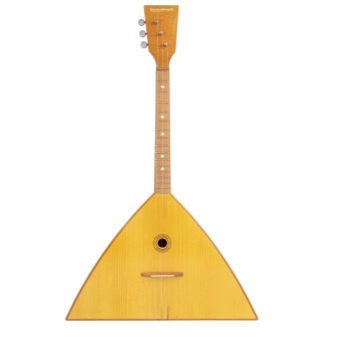
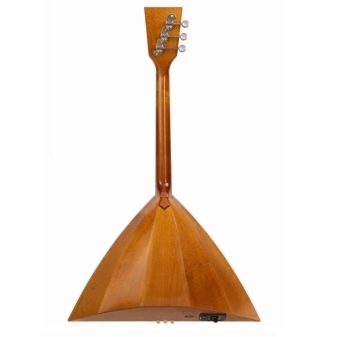
Varieties by size
Most of the varieties of balalaikas were invented by F. Paserbsky, Andreev's associate. Later, it was Passerbsky who received a patent for the balalaika in Germany. Another part of the varieties of balalaikas was invented by Andreev himself. As already mentioned, they were made by Nalimov at his request.
Alto
This variety is mainly used as an accompanying instrument. Recently, however, performances with the balalaika viola are becoming more and more solo. A characteristic feature is a stronger string tension (from 50 to 100% in comparison with prima).
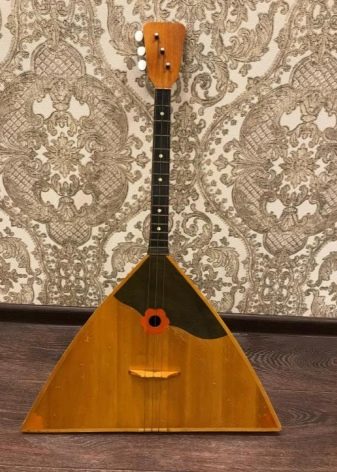
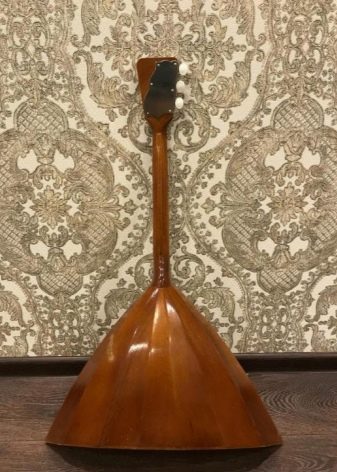
Bass
Obviously, this kind of balalaika is needed to create a "background" in the orchestra and is responsible for low bass sounds. The width of the tool reaches 80 cm. Electric models are smaller. It is noted that the sound of the bass balalaika is higher than that of the bass guitar, and more like a tenor.
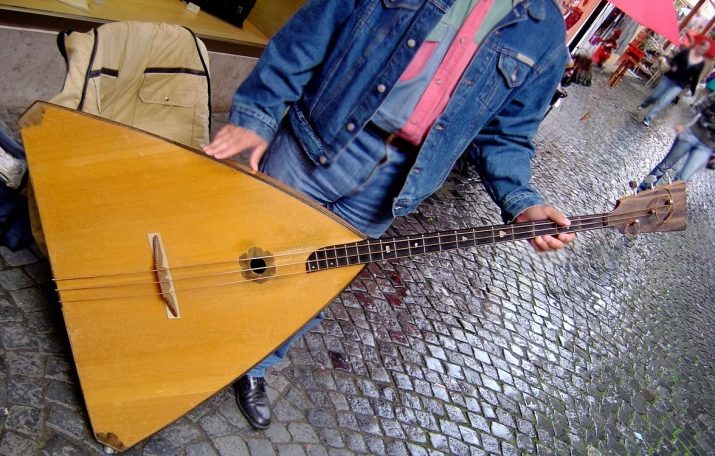
Contrabass
Designed to extract bass register sounds. It is one of the main instruments of the orchestra. Differs in large size. Some models can be up to 1.7 m in length. A pin is installed on the bottom to keep the tool in a standing position.
When you play in this way, the sound produced becomes longer and deeper.
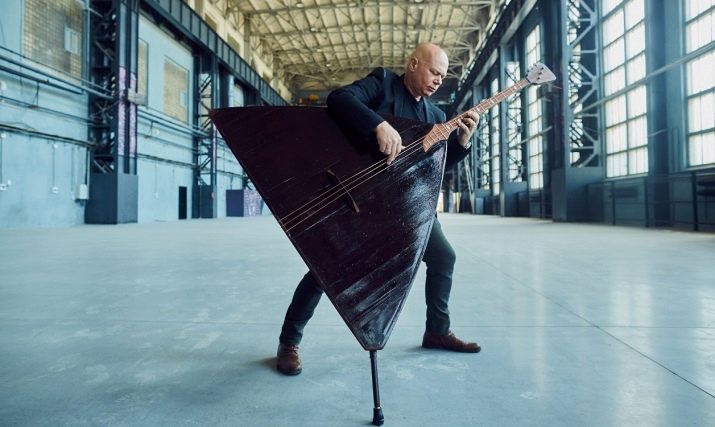
Prima
The most common balalaika, but the smallest of all. Its length ranges from 600 to 700 mm. You can often find souvenir models. Only it can be used for solo play at concerts or during training.
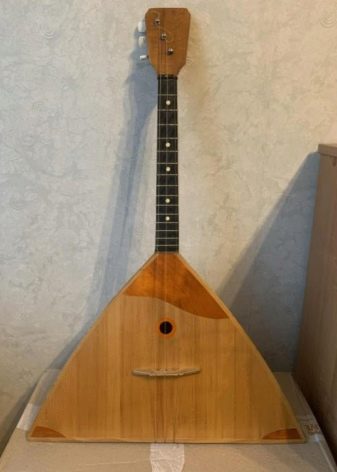
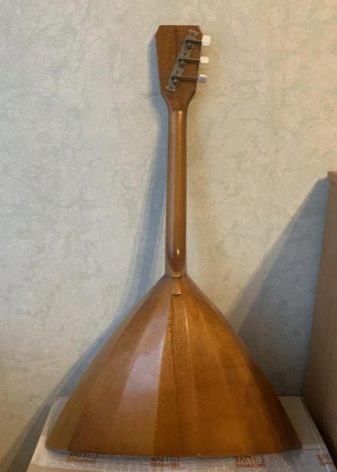
Second
This variety is also used for accompaniment. However, some contemporary musicians are trying out solo performances using the second. This type of balalaika is characterized by higher sounds than those of the prima. It is used for playing tremolo and trills.
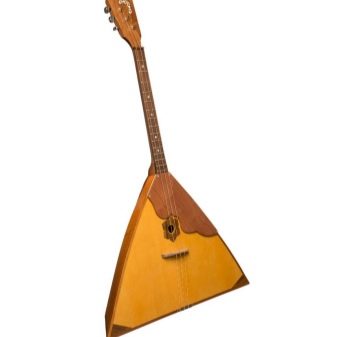
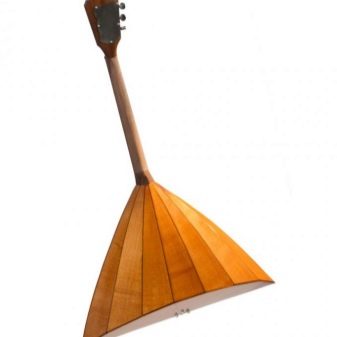
How is it different from domra?
First of all, I would like to note not the differences, but the unifying and main similarity - both instruments are Russian folk, as well as plucked. And the differences lie in 6 points.
- Vulture. The domra has a long neck, which is equivalent to four bodies, which cannot be said about the balalaika - the neck length is shorter.
- Body shape. The domra has a round shape, the balalaika - we know which one.
- Number of strings. The balalaika has 3 or 4 strings, the domra has always had two strings.
- Material for making strings. For domra, metal has always been used. For the balalaika, they tried to use vein strings.
- Sound. Thanks to the iron strings, the sound of domra is sonorous, but soft. In the balalaika, it is not so sonorous, but playful.
- Balalaika - a more flexible instrument on which many songs can be played, the domra repertoire is smaller.
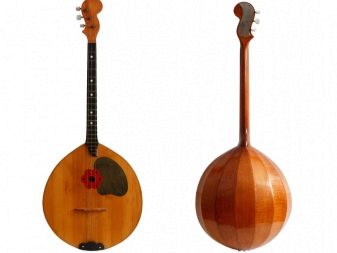
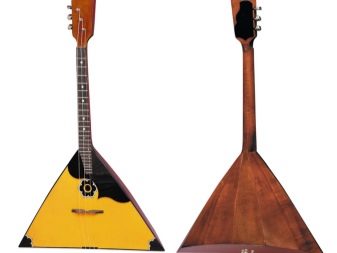
Criterias of choice
It is best to buy the instrument live. The first step is to knock on the deck. The sound should be uniform and crackle free. There are other factors to consider as well.
- Appearance. The balalaika should not have mechanical damage (chips and scratches), broken parts. The apron should be proportional and complete. The deck should be even and flat, without curvatures or anything else. A modern balalaika should not bend. The string buttons must be well secured and the strings must be clean and smooth and free of rust.
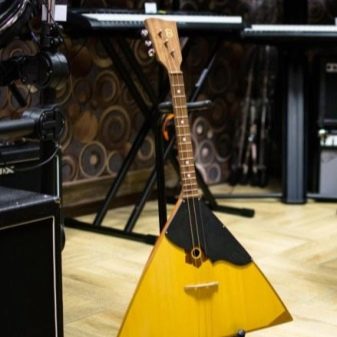
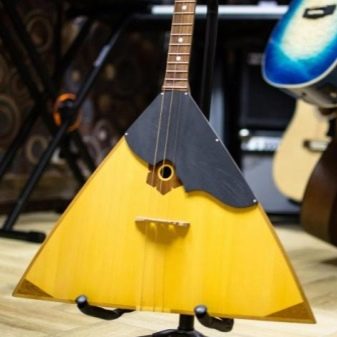
- Convenience. Before buying, pick up the instrument and assume the position in which you will play. The neck should not be too thick or too thin. It is believed that ebony fingerboards are of good quality. The frets on the fretboard should be well polished and not pinched while playing. White metal is considered the best material of manufacture.
Each nut must be made qualitatively.

- The quality of the tuning pegs. They must be made from solid pieces of metal. Hollow tuners are not recommended. They should also be smooth and well sanded. Poorly polished models chafe the strings.
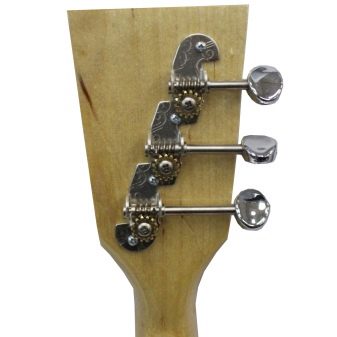
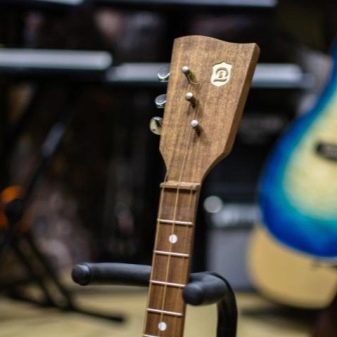
- Carapace. A cover that is installed on the deck and covers part of it. Required for additional protection against mechanical damage. When choosing a balalaika with a shell, you need to pay attention to the fact that it is hinged and touches the surface of the deck. As a rule, it is made from hard rocks.
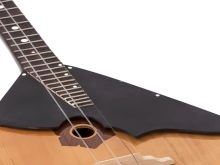
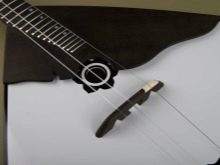
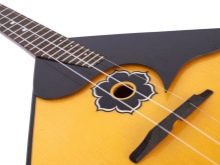
- Stand. The stand must be firm. With a soft support, the sound of the strings can change unpredictably. A high stand will make the sound more harsh, and a low stand will make the sound more melodious. The danger lies in the fact that over time the player (especially a beginner) gets used to one style of sound and then continues to play only that way.
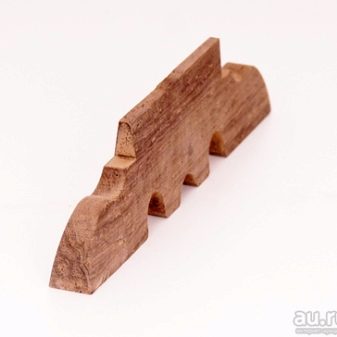
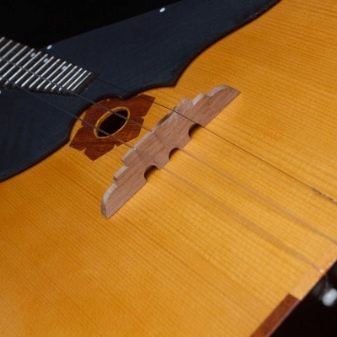
- Strings. It's important to pay attention to the strings. They should not be too thin or too thick. The first ones give quiet sounds, and the second ones - harsh sounds that do not differ in melodiousness. It is thick strings that break more often - they cannot withstand stretching. Changing strings is not always a pleasant and quick affair.
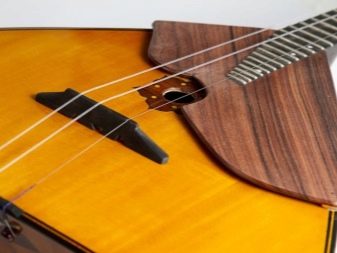
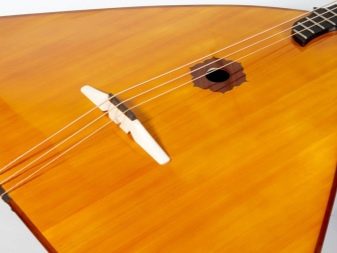
- Belt. As a rule, it is needed for aspiring musicians. Its cost is about 1000 rubles. It clings with one end to the nut, and the other end to the lowermost part of the body from the reverse side.
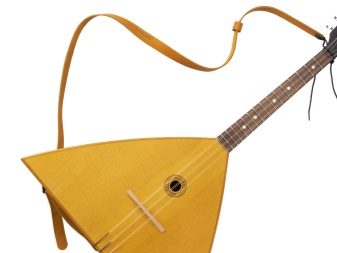
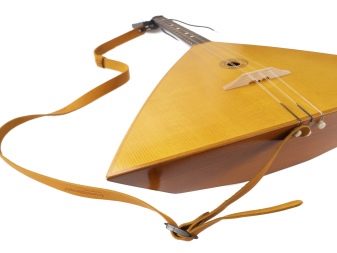
How to store?
It is not recommended to store the instrument in damp or humid places. Also bad for balalaika and cold. The optimal storage temperature is considered to be in the range from 15 to 30 degrees, and the humidity should be 50-60%. A cover or case can provide protection against mechanical damage. The balalaika must sometimes be checked for sound purity. Strings and tuners need to be replaced periodically.
Take care not to spill liquid of any kind on the instrument with each use. Wash your hands before playing, do not take it with greasy and dirty palms. It is best to remove dust from the balalaika with a damp cloth. The tuners require regular lubrication with machine oil (at least once a year). You cannot cover the instrument yourself with varnish, paint or other compounds. In no case should the instrument be damaged mechanically.
You need to put the instrument upside down.
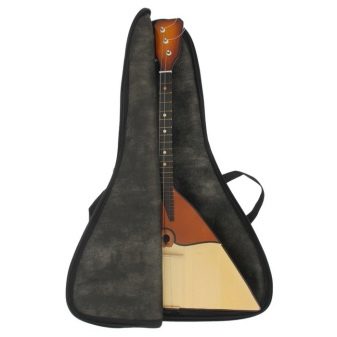

Interesting Facts
- The balalaika has gained popularity outside of Russia; it is played masterfully in Sweden, Norway, the USA and even Japan.
- The largest monument dedicated to the balalaika is located in Khabarovsk. Its height is 12 meters. This balalaika was presented to Khabarovsk by Harbin along with its Chinese counterpart (pipa). The building is estimated at more than half a million dollars.
- The day of the balalaika players in Russia is June 23rd. This date was chosen at the initiative of the President of the Russian Club of populist musicians.
- "The balalaika does not play, but ruins" - that is how they spoke about her in the Middle Ages. It was believed that there was no need to waste time playing the balalaika, but rather to do household chores. Thus, mainly songs on this instrument could be heard at holidays and festivities.
- The maximum period to master the balalaika at a music school is 7 years. Usually 5 years of study are enough to get a diploma.
- The person recorded in the Guinness Book of Records as the best balalaika player is named Alexey Arkhipovsky.
